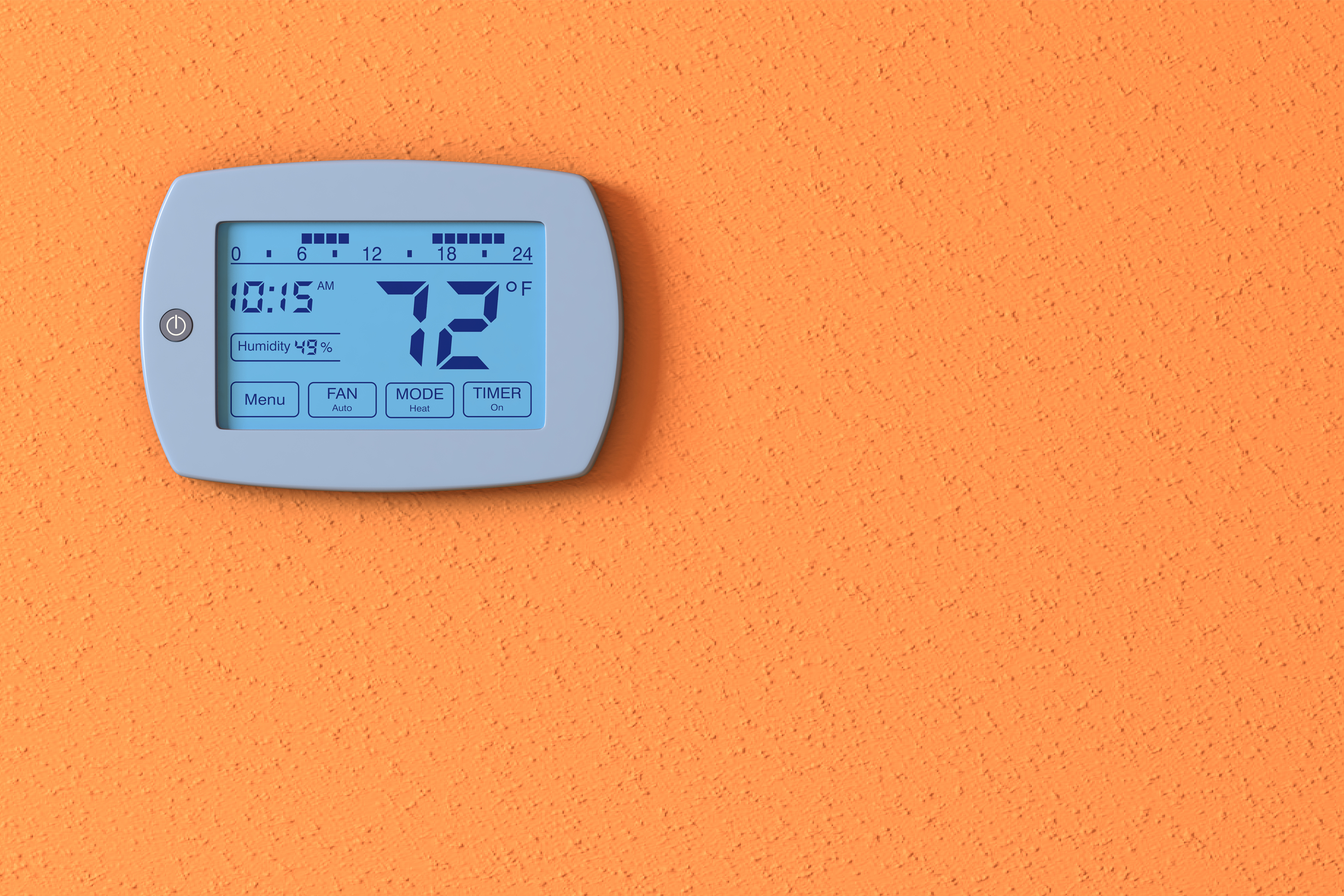
Have you ever wondered how your oil-fired heating system keeps you warm during the cold winter months? Oil heating systems distribute air through three ways: vents, hot water through baseboards, or steam through a radiator.
It all starts with the thermostat, which detects the fallen temperature in a room. A signal is then sent to the heating system, alerting it to heat the home. The engagement of the burner begins and oil travels to the burner via a pump, where it then becomes mixed with air. This combination of fuel and air is injected into the burner where it ignites.
Depending on what type of heating system you have, whether it’s water-based or warm air, will determine how the system works to disperse heat throughout the home.
There are two main types of water-based heating systems, hot-water systems and steam systems. The water in these systems are either heated in a cast iron or steel boiler before the heat is dispersed throughout the home.
When it comes to a hot water system, the water the is heated, then circulates through the radiator or baseboards of the home. With a steam system, the process is a little more complex. First the water turns to steam and rises through the pipes leading to the radiator. A blower then sends the heated air through the ducts and out of the vents located on the walls or floor of the home. The air is then drawn back to the furnace through return ducts which allows the process to repeat itself. The emissions that are created by this heating system are released outside through a flue pipe located alongside the homes chimney.
If you’re interested in a residential heating tank to keep your home warm through the winter, call JS Tank Removal to speak with our knowledgeable team regarding your heating needs.








